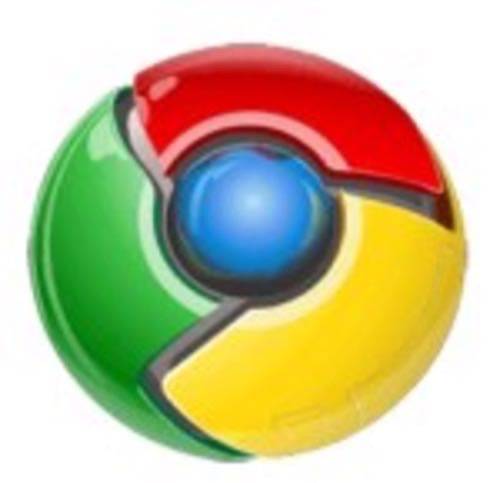When Google announced its plans for a new cloud-based operating system built around the Web browser, there was some concern about the OS’ capabilities. Although a lot of our computing can now be done in the Web browser these days thanks to online applications and services, quite a few operations still need to take place on the hard drive – running iTunes, for example, or importing photos from a digital camera. How would a Web-based operating system handle these sorts of tasks? Based on what we knew of Google Chrome OS, it seemed like the OS just wouldn’t be able to do them.

But a new discovery in the Google Chrome OS browser code base points to a “mount library” that monitors devices inserted in the computer. Would Chrome OS be able to see your iPod? Your camera? And what would it do then?
Chrome OS Code Reveals “Mount Library”
Thanks to some serious sleuthing on the part of the DownloadSquad blog, a site that often scours through Chrome OS code to uncover hidden gems, we’ve learned that the new operating system will monitor for new devices attached to your system. As Sebastian Anthony points out in the blog post, the Chrome Web browser can already access your local file system (e.g. Windows users can just type C: in the address field to see a list of files), so this new feature would simply extend the browser’s current functionality. Anthony then speculates that in Chrome OS you may be able to launch a new tab in the browser to see a real-time view of “My Computer,” complete with attached devices and the files they contain. Or perhaps a new window would pop up showing you the drive you’ve just inserted into the netbook’s USB slot.
That would certainly be an unusual trick for a Web browser to handle; navigating your local file system is a task usually left to file explorer programs like Windows Explorer and Mac OS’ Finder. But because the interface for Chrome OS is the Web browser, it appears that the browser will have to step in and do the OS’ job in this case.
If Chrome OS’ Browser Can See Your Drives, What Could You Do With Your Files?
More importantly, what does this mean for the end user? If the browser can “see” your attached devices and the files they contain, how would they then display them to you? If you plug in a USB flash drive containing spreadsheets and text documents, would Chrome OS launch Google Docs to display them? Or would it allow you to preview them in HTML, as is possible in Gmail? Or both?
And what about when you plug in a digital camera? Would Chrome OS prompt you to import your photos to Picasa? Your videos to YouTube?
If so, Chrome OS would overcome one of the perceived stumbling blocks of being a cloud-based operating system – the need for the computer’s hard drive to act as the middleman when it comes to importing external content hosted on other drives and getting it posted to the Web.
Wait a Minute… Didn’t We Already Decide This Was a Bad Idea?
As exciting as that sounds, a commenter on the blog post points out that a browser that acts like this could mean serious security issues for the new operating system. Would a malicious Web page be able to tap into this feature to wreak havoc on your system? We know that Google has said that security is one of the key aspects of the OS, but we also know that hackers are extremely crafty as well. No matter how good the security measures Google puts in place to limit this sort of access, nothing would provide 100% protection. And isn’t this the same sort of functionality that Microsoft ditched in Internet Explorer years ago with the launch of IE7 due to these very same security concerns?
What do you think about this new feature? Is it a great feature for the Web browser or a security hole just waiting to be exploited? Let us know in the comments.










